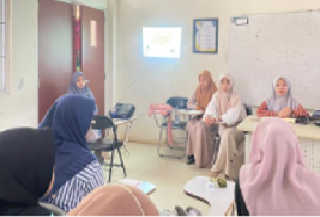Educating adolescents to prevent cyberbullying
A service learning intervention in rural schools
DOI:
https://doi.org/10.24252/sociality.v4i2.55539Keywords:
adolescents, cyberbullying, health education, prevention, rural schoolsAbstract
The increasing use of social media among adolescents has been linked to a rise in cyberbullying, yet many remain unaware of its forms, signs, and psychological impacts. Previous studies have often lacked targeted, community-based interventions for prevention in rural areas. This study aimed to evaluate the effectiveness of a cyberbullying prevention education program using a service learning approach. The intervention involved lectures, posters, and group discussions and was implemented among 30 adolescents in a rural setting. Pre- and post-test assessments measured participants’ knowledge of cyberbullying. Results indicated a statistically significant improvement in knowledge, with a p-value of 0.000. These findings suggest that structured educational interventions can enhance adolescent awareness and potentially reduce cyberbullying behaviors. The study underscores the importance of involving parents and teachers in monitoring digital behavior and supporting adolescents through continuous education. The service learning model proves effective in fostering youth engagement while addressing pertinent social issues in rural communities.
References
Al Adawiah, R., & Masri, E. (2022). Urgensi pencegahan perundungan dunia maya (cyberbullying) terhadap pelajar. Abdi Bhara, 1(1).

Downloads
Published
How to Cite
Issue
Section
License
Copyright (c) 2025 Dian Rezki Wijaya, Agil Kurniawan, Nurfitraeny Ramdhany, Nurul Afisyah Al-Azhar, Rhosika Amaliah Rauf

This work is licensed under a Creative Commons Attribution-NonCommercial-ShareAlike 4.0 International License.

